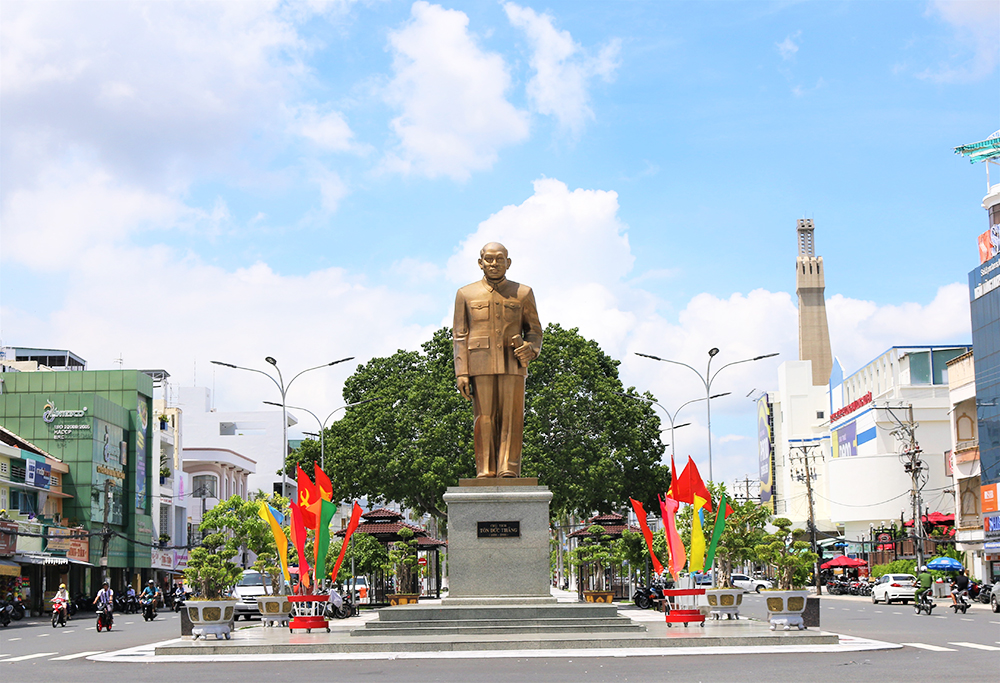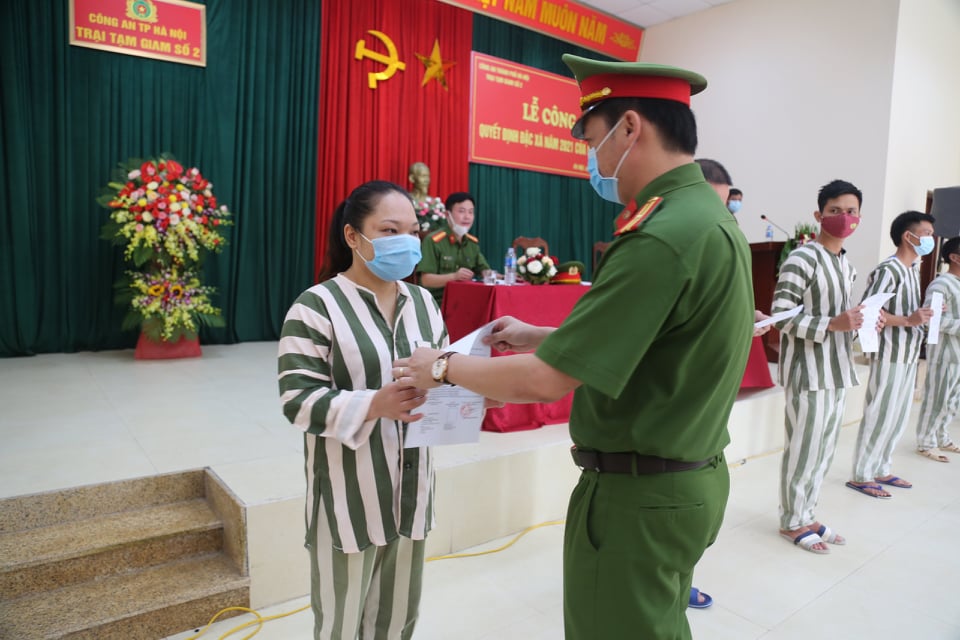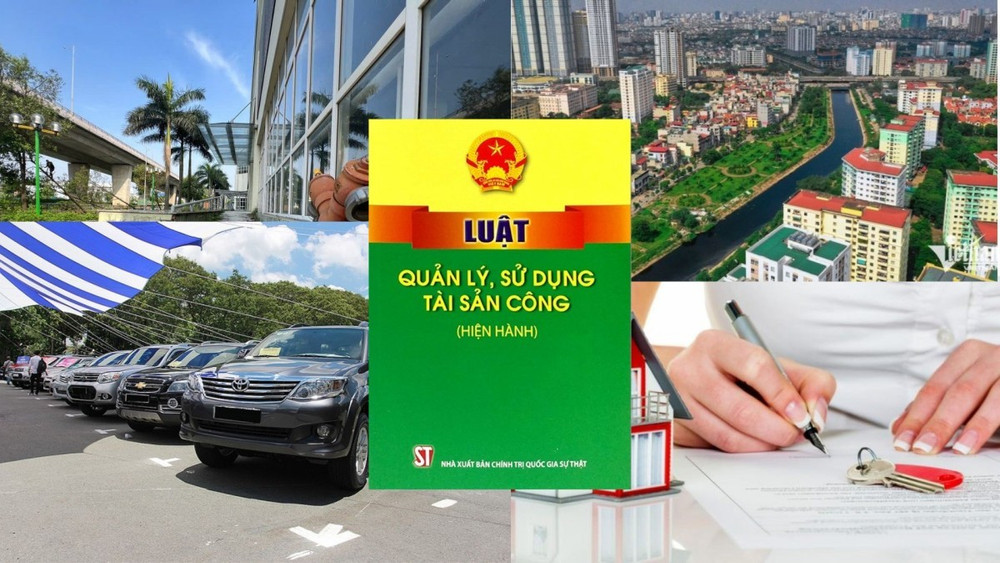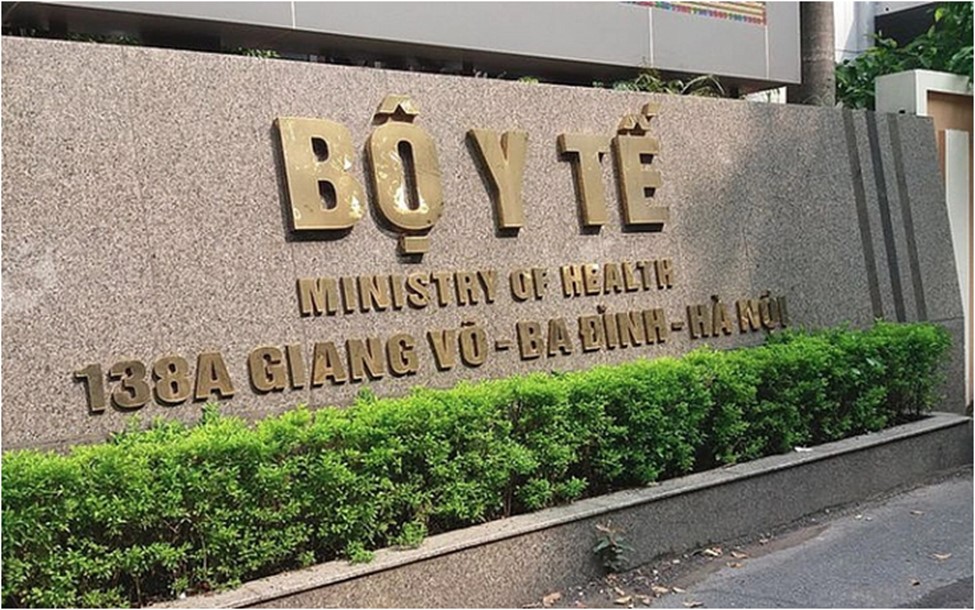By 2030, An Giang to become a well-developed province in the Mekong Delta in Vietnam
I want to know what kind of province An Giang will become in the Mekong Delta by 2030. – Hoai Phuoc (Binh Dinh, Vietnam)

By 2030, An Giang to become a well-developed province in the Mekong Delta in Vietnam (Internet image)
Regarding this issue, LawNet would like to answer as follows:
On November 15, 2023, the Prime Minister issued Decision 1369/QD-TTg approving the Planning of An Giang province for the period 2021–2030, with a vision to 2050.
By 2030, An Giang to become a well-developed province in the Mekong Delta in Vietnam
Specifically, the goals set for 2023 in An Giang province's planning are detailed as follows:
(1) General objective
An Giang is a well-developed province in the Mekong Delta; it has dynamic, harmonious, and sustainable economic development; it is a center for research and development of breeds and agricultural, aquatic, and medicinal production using high technology; it is the region's ecotourism center; it is a focal point for trade and cooperation with the Kingdom of Cambodia; it has a synchronous socio-economic infrastructure system that adapts to climate change; traditional cultural values are preserved and promoted; Defense and security are maintained; stable social order and safety are guaranteed; social security is guaranteed; and people's lives are prosperous and happy.
(2) Specific goals
- Economic:
+ Average growth rate of gross regional product (GRDP) is 7%/year. The proportion of GRDP in the agriculture, forestry, and fisheries sectors is about 20.0%; the industrial-construction sector is about 25.0%; the service area is about 50.0%; and the product tax minus product subsidies is about 5.0%.
+ GRDP per capita (current price) reached over 157 million VND.
+ Digital economy reaches over 20% of GRDP.
- About society:
+ Population increases by an average of 0.9%/year.
+ The rate of trained workers reaches over 80%, of which the rate of trained workers with degrees and certificates is 39%.
+ The rate of schools meeting national standards reached 70%.
+ The number of hospital beds per ten thousand people reaches about 31 beds; The number of doctors/10,000 people reaches 11 doctors.
+ Urbanization rate is over 50%.
+ Strive to have 98% of communes meet new rural standards, with 50% of communes meeting advanced new rural standards; 70% of district-level units meet new rural standards; and 35% of district-level units meet advanced new rural standards.
+ The proportion of rural populations supplied with clean water reached 98%.
- About environment:
+ Forest coverage rate remains stable at 2.78%–3.10%.
+ 100% of household waste in urban areas is collected and treated successfully; in rural areas, it is over 80%; and 100% of hazardous solid waste from production, businesses, service establishments, medical facilities, and craft villages is collected and processed centrally.
+ 100% of operating industrial zones and clusters have centralized wastewater treatment systems operating to meet environmental technical standards; The rate of urban wastewater treated to meet prescribed standards and regulations is over 50% for urban areas of type II or higher and 20% for the remaining urban areas.
Perspectives on An Giang Province Planning for the Period 2021–2030, Vision to 2050 in Vietnam
- Planning for An Giang province for the period 2021–2030, with a vision to 2050, must closely follow the policies, development guidelines, and resolutions of the Party, National Assembly, and Government; the national socio-economic development strategy; the national strategy on green and sustainable growth; and ensure compliance with the national planning and master plan, the Mekong Delta planning and planning, national sector planning and plans, and related planning and plans.
- Innovation, application of science and technology, digital transformation, and improving the quality of human resources. Exploit and effectively use resources to quickly develop industries and fields with the potential and advantages of the province. Innovate the growth model and restructure the province's economy towards development, applying new economic models such as the green economy, circular economy, and digital economy.
- Organize and arrange development space to ensure the promotion of the province's strategic position with the Mekong Delta and the whole country, closely and effectively connecting with Ho Chi Minh City and localities in the Southeast region, and cooperating with Cambodia. Rapid and synchronous development of transport infrastructure, border gate economic zones, industrial and tourism clusters, and infrastructure for digital transformation.
- Use resources economically and effectively, especially land resources; protect the environment; conserve nature and biodiversity; and proactively adapt to climate change.
Closely combine socio-economic development with national defense and security assurance; political stability, social order, and safety; expand and improve the effectiveness of foreign affairs activities and international integration; and build a border of peace, stability, cooperation, and development. Preserve and promote the heritage, cultural, and historical values of ethnic groups in the province, linking economic development with achieving social progress and justice.
More details can be found in Decision 1369/QD-TTg, which takes effect from the date of signing.
- Key word:
- An Giang
- Mekong Delta
- Vietnam
- Number of deputy directors of departments in Vietnam in accordance with Decree 45/2025/ND-CP
- Cases ineligible for pardon in Vietnam in 2025
- Decree 50/2025 amending Decree 151/2017 on the management of public assets in Vietnam
- Circular 07/2025 amending Circular 02/2022 on the Law on Environmental Protection in Vietnam
- Adjustment to the organizational structure of the Ministry of Health of Vietnam: Certain agencies are no longer listed in the organizational structure
- Vietnam aims to welcome 22-23 million international tourists in Vietnam in 2025
-

- Number of deputy directors of departments in Vietnam ...
- 15:04, 05/03/2025
-

- Cases ineligible for pardon in Vietnam in 2025
- 14:43, 05/03/2025
-

- Decree 50/2025 amending Decree 151/2017 on the ...
- 12:00, 05/03/2025
-

- Circular 07/2025 amending Circular 02/2022 on ...
- 11:30, 05/03/2025
-

- Adjustment to the organizational structure of ...
- 10:34, 05/03/2025
-

- Notable new policies of Vietnam effective as of ...
- 16:26, 11/04/2025
-
.Medium.png)
- Notable documents of Vietnam in the previous week ...
- 16:21, 11/04/2025
-
.Medium.png)
- Notable documents of Vietnam in the previous week ...
- 16:11, 02/04/2025
-
.Medium.png)
- Notable new policies of Vietnam to be effective ...
- 16:04, 02/04/2025
-
.Medium.png)
- Notable new policies of Vietnam effective from ...
- 14:51, 21/03/2025
 (1).png)
 Article table of contents
Article table of contents
